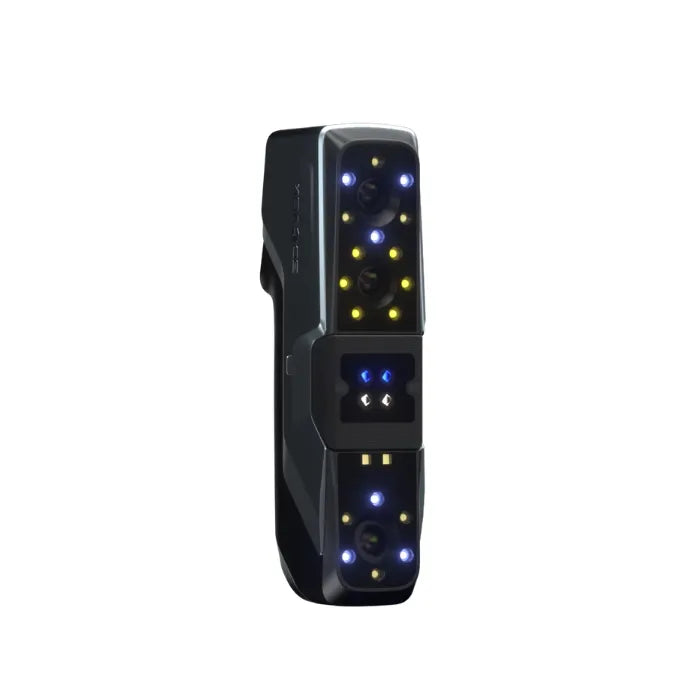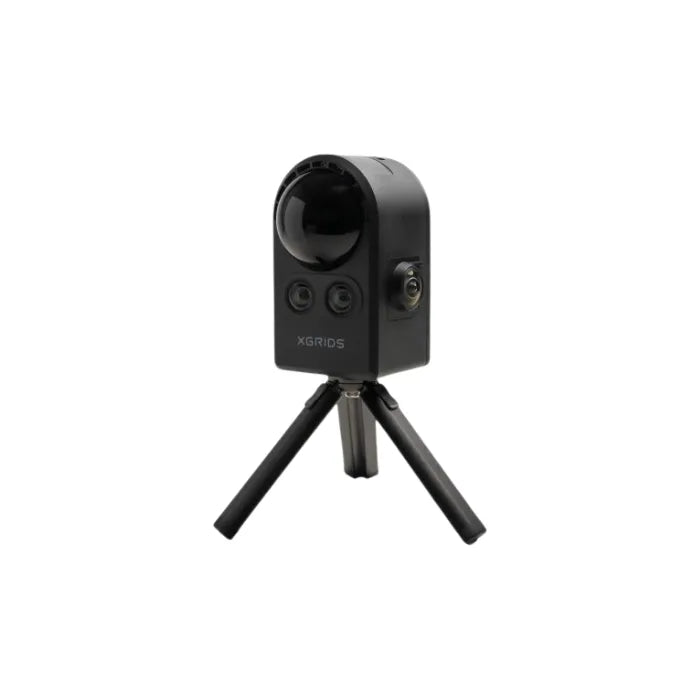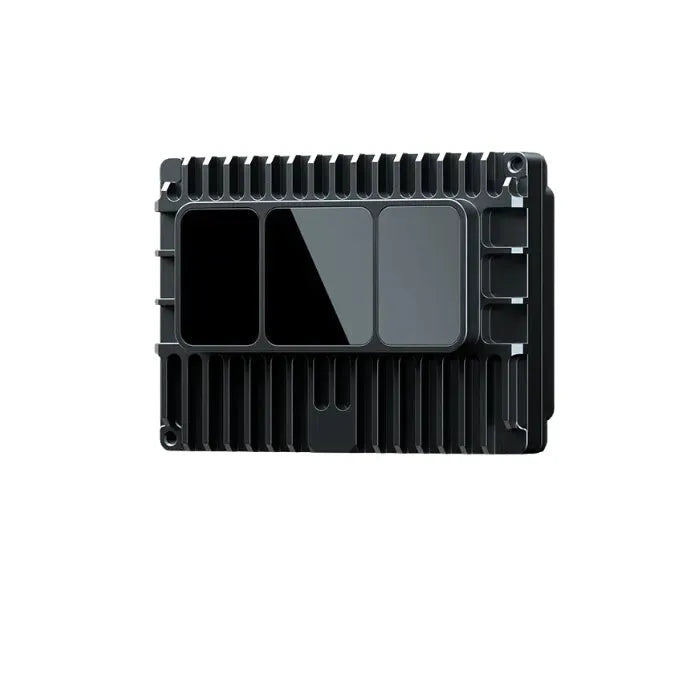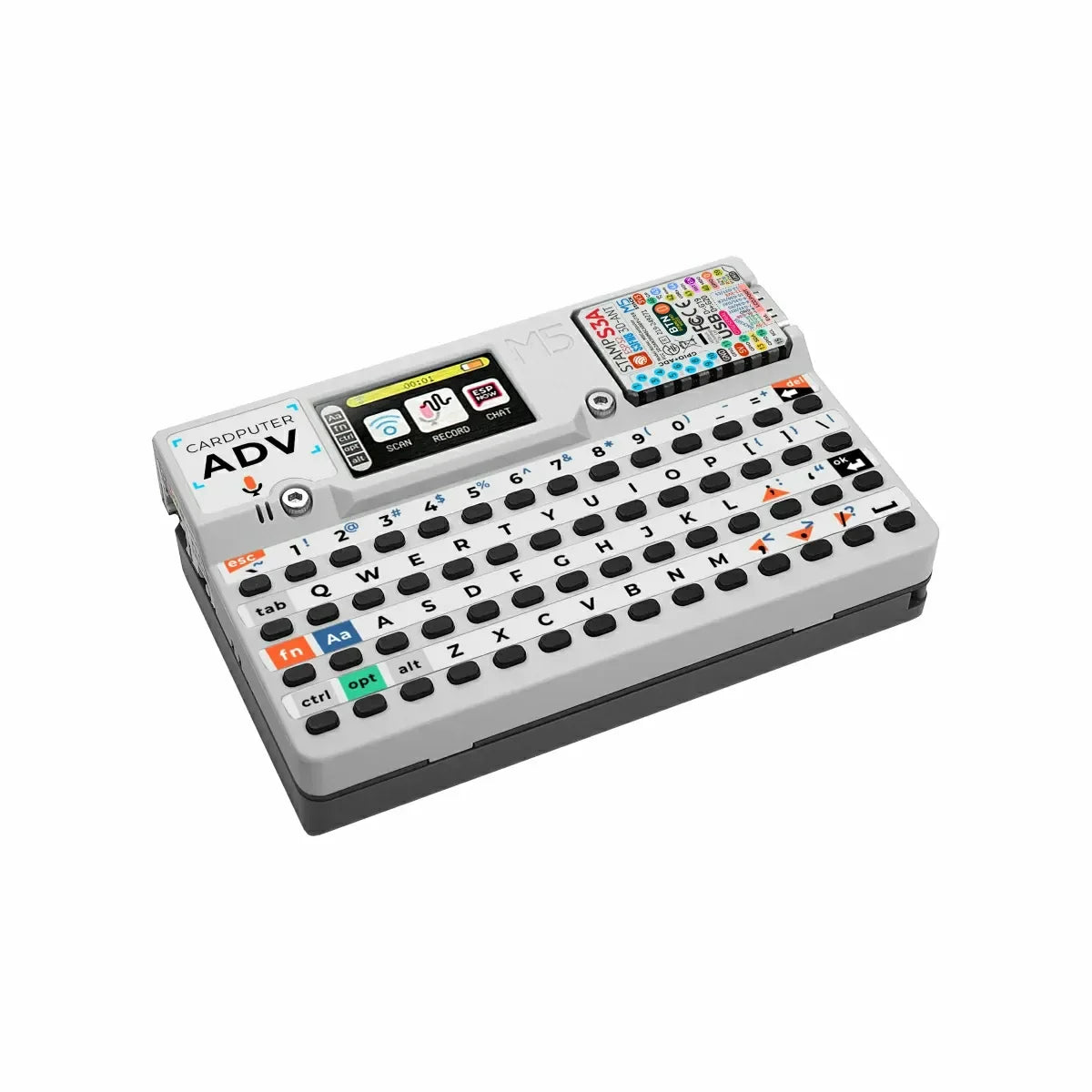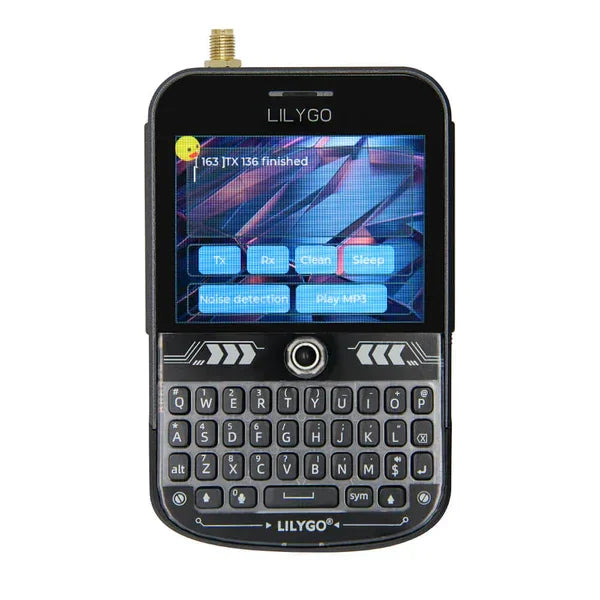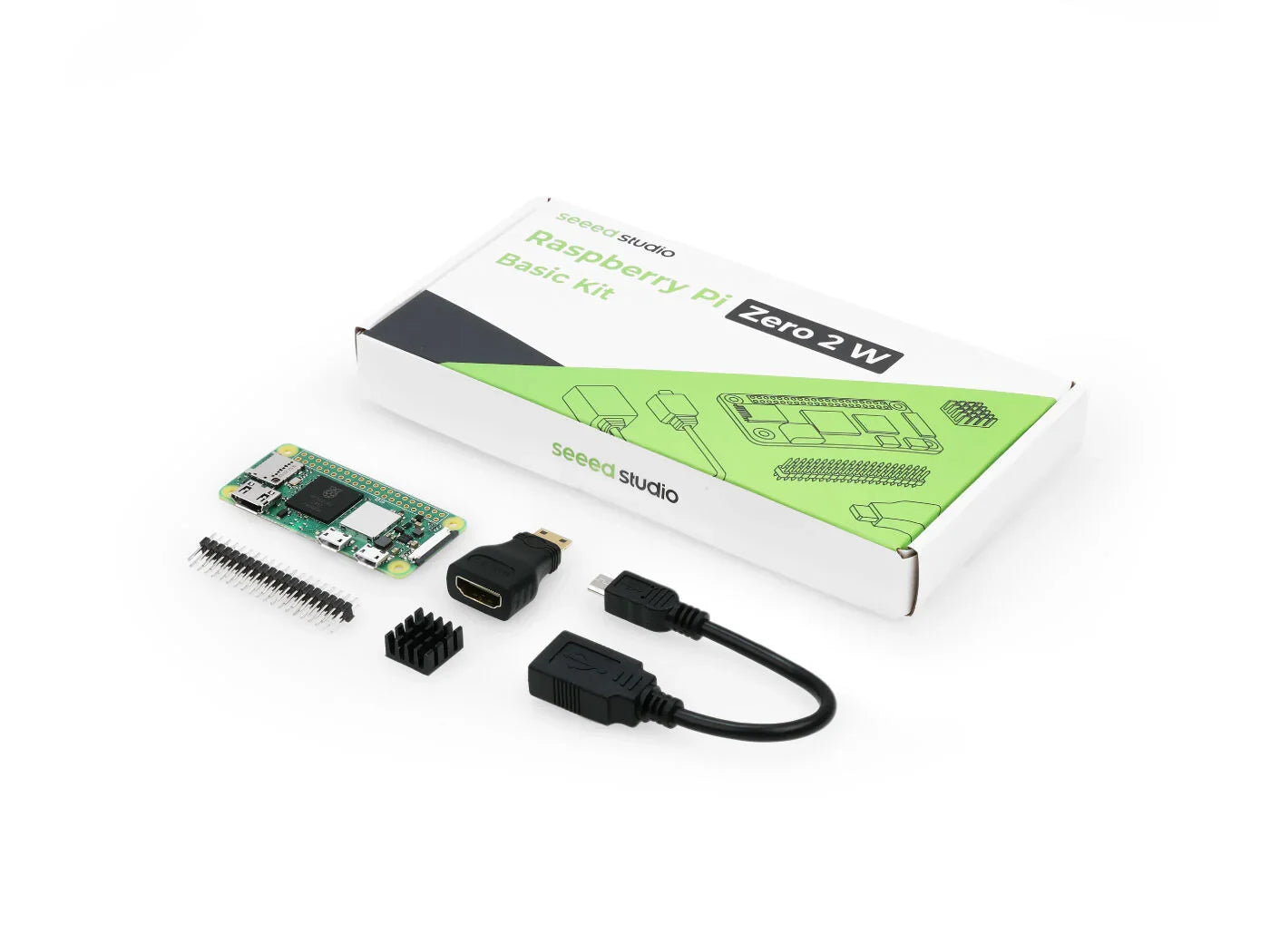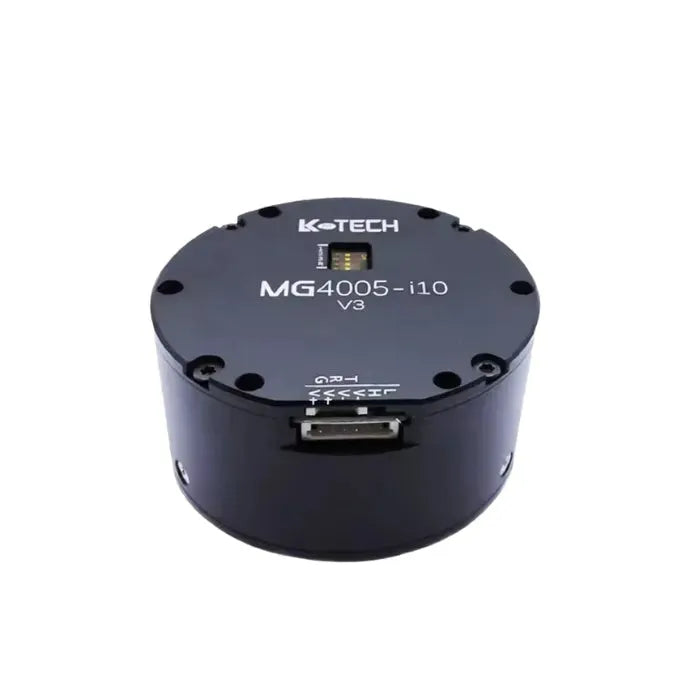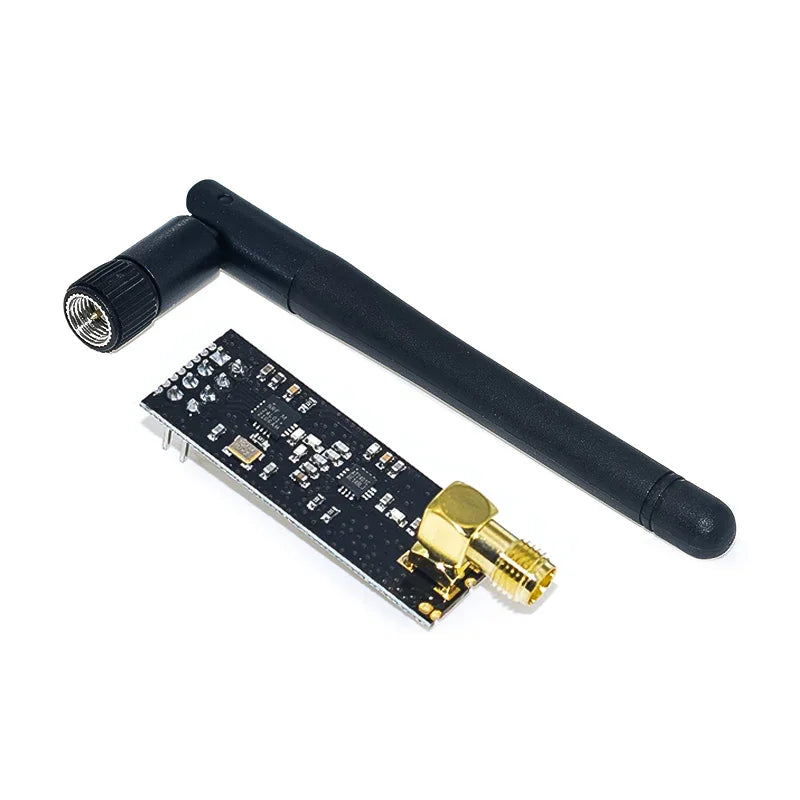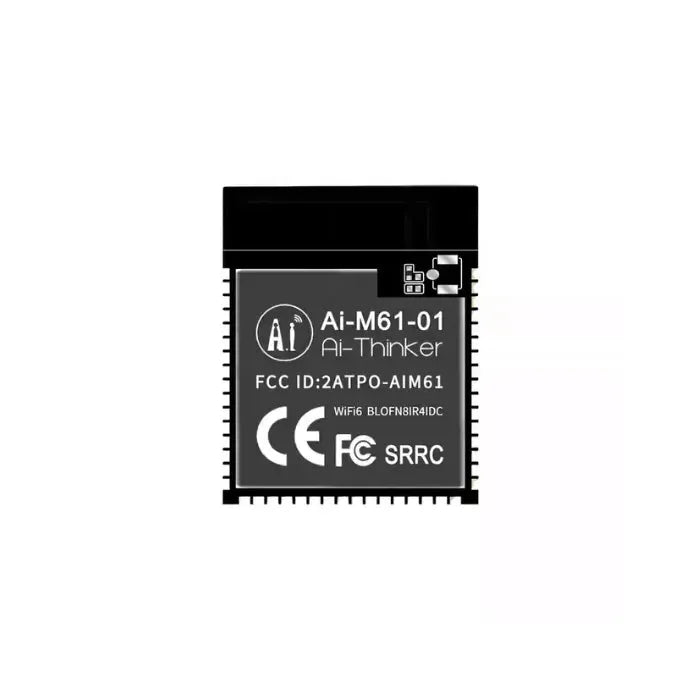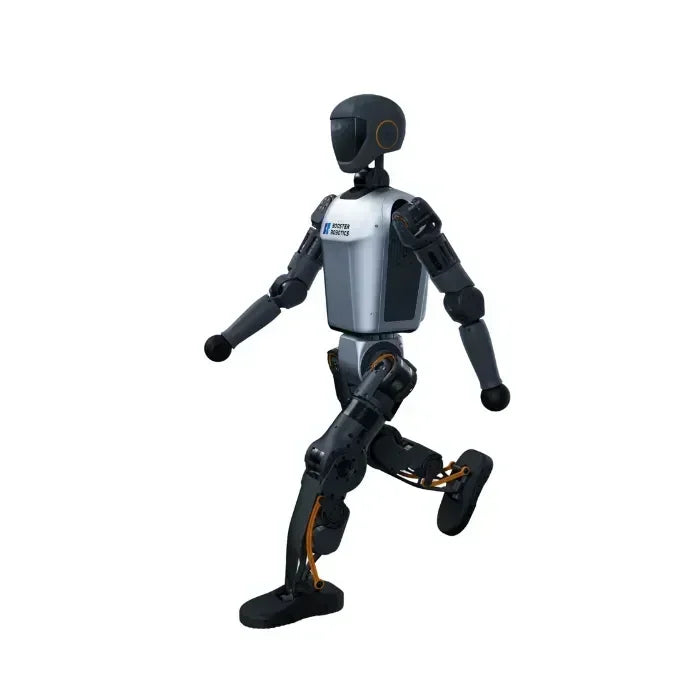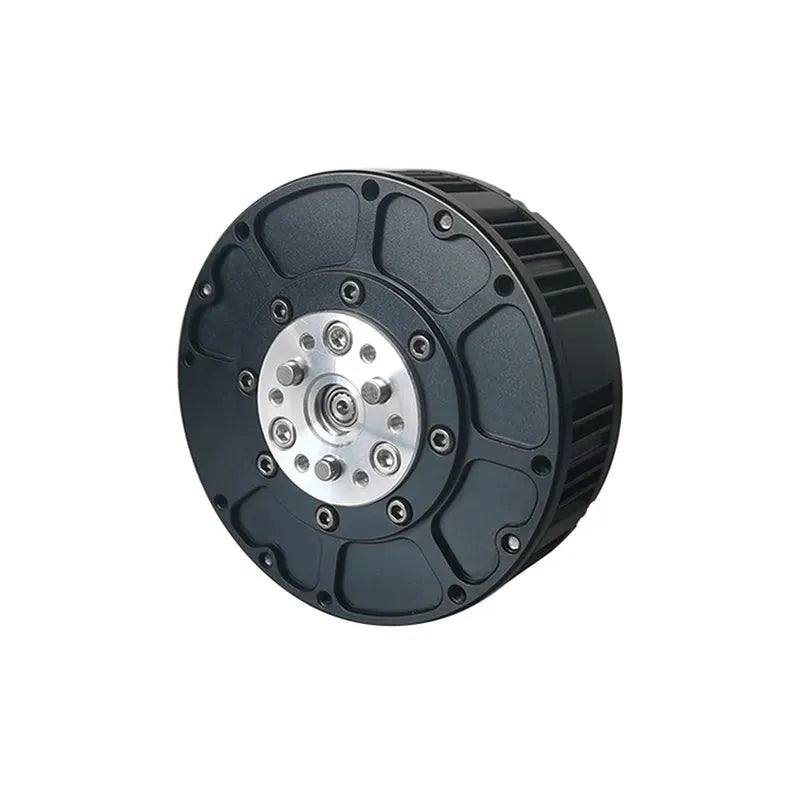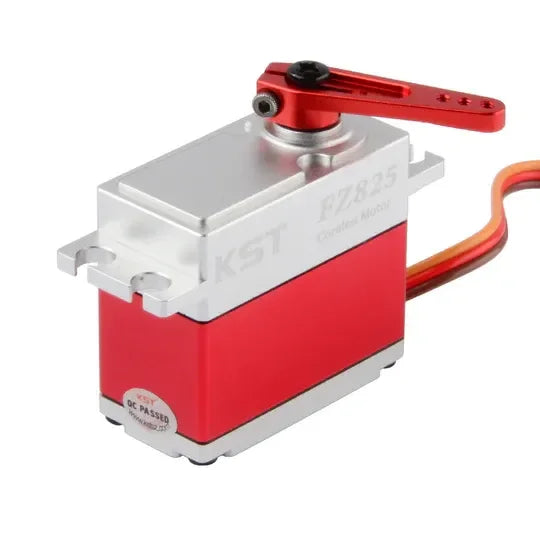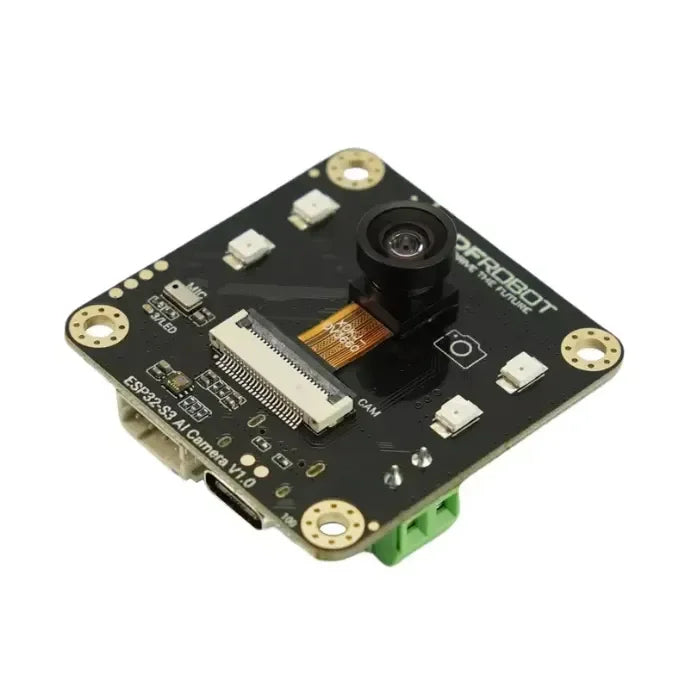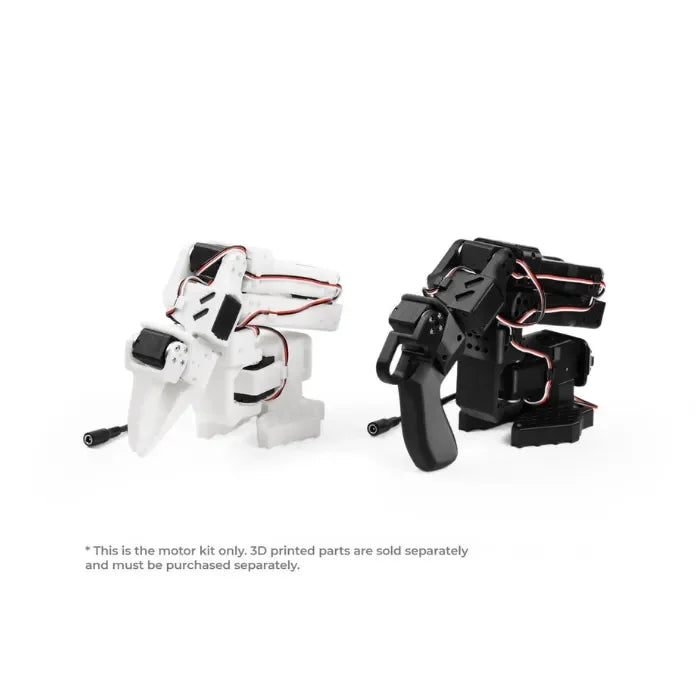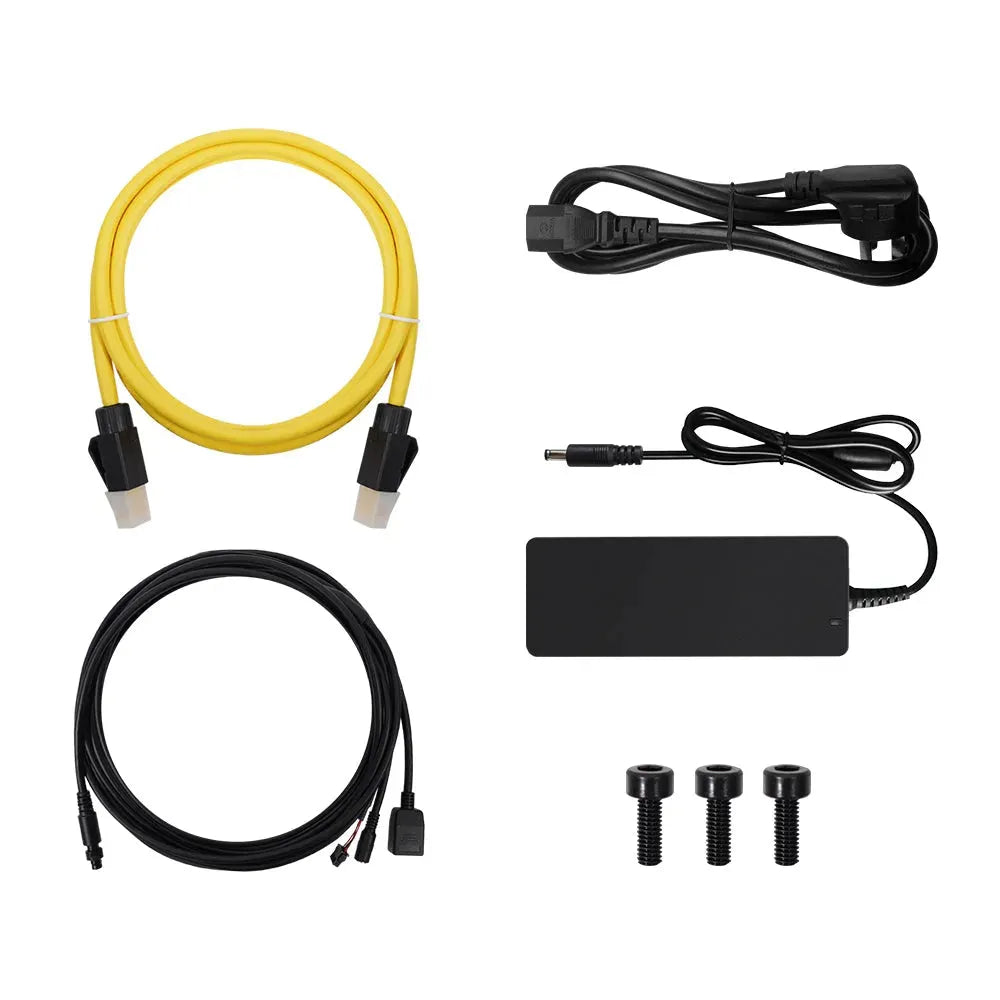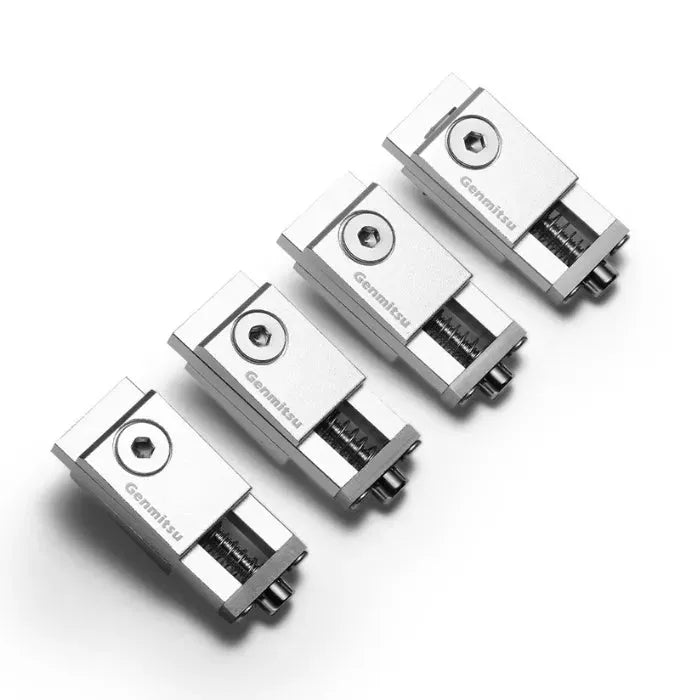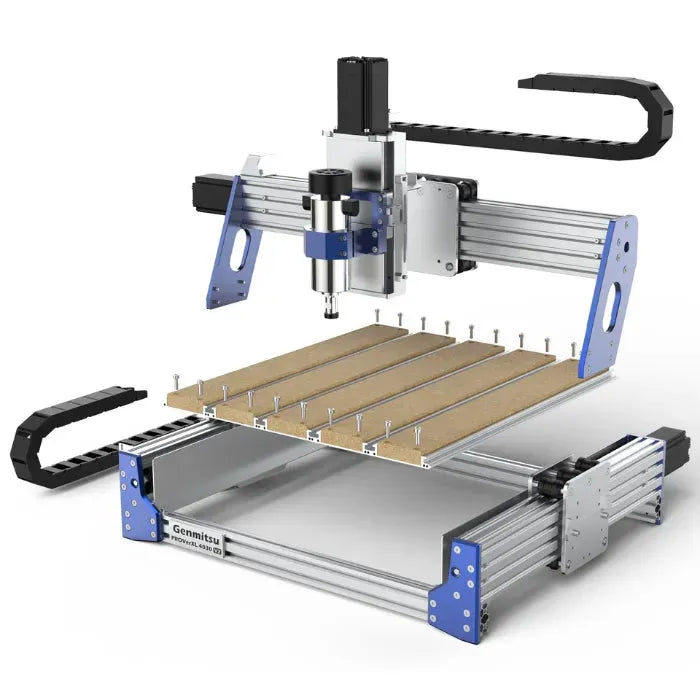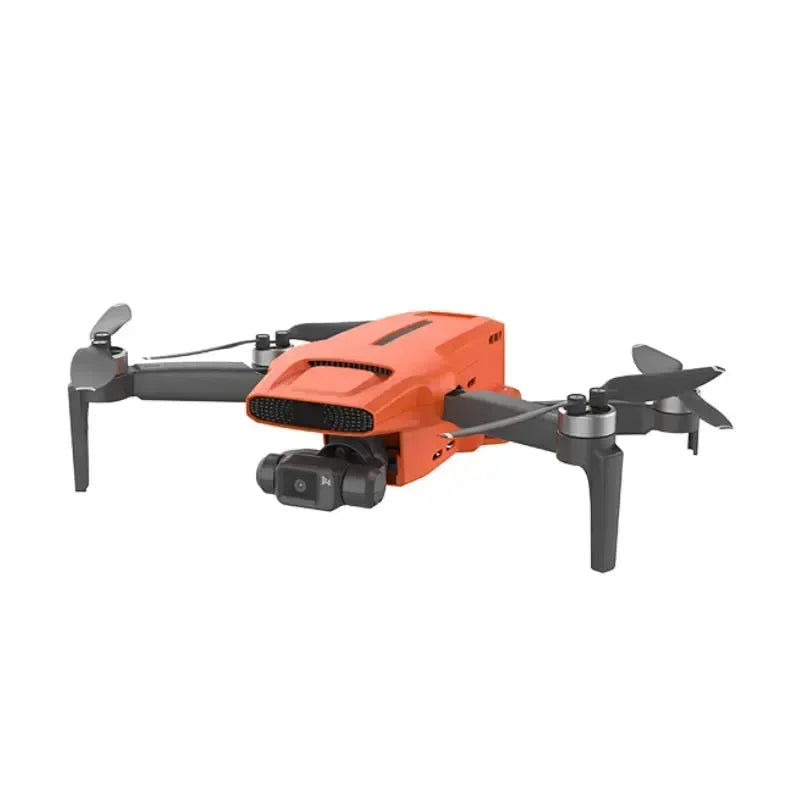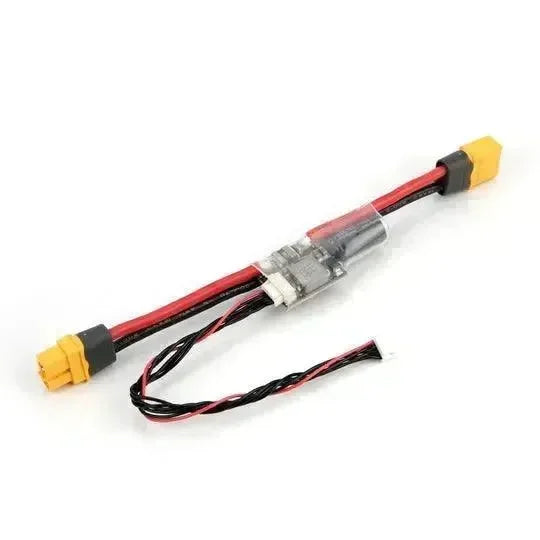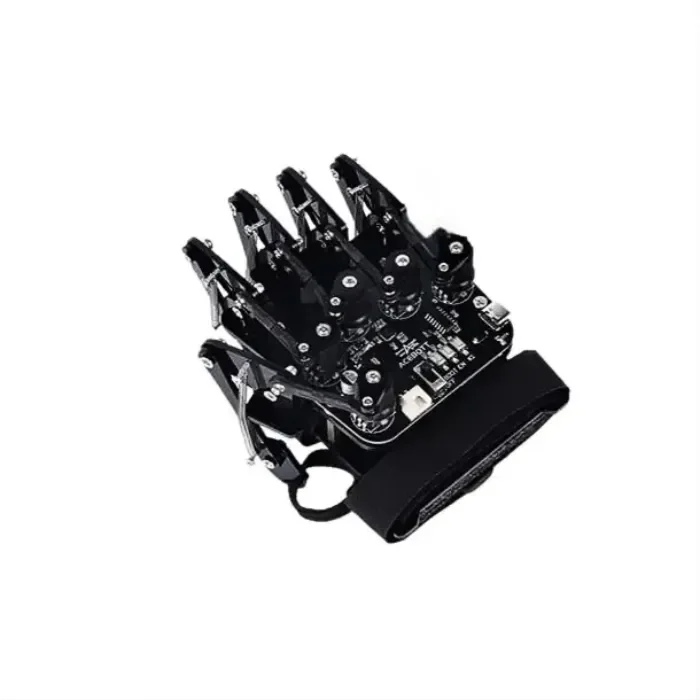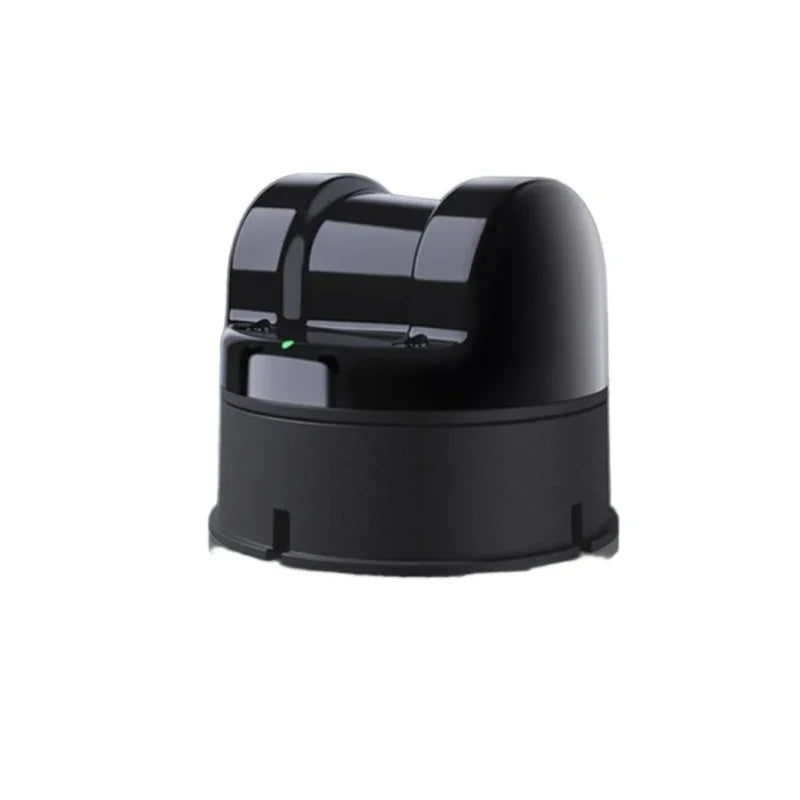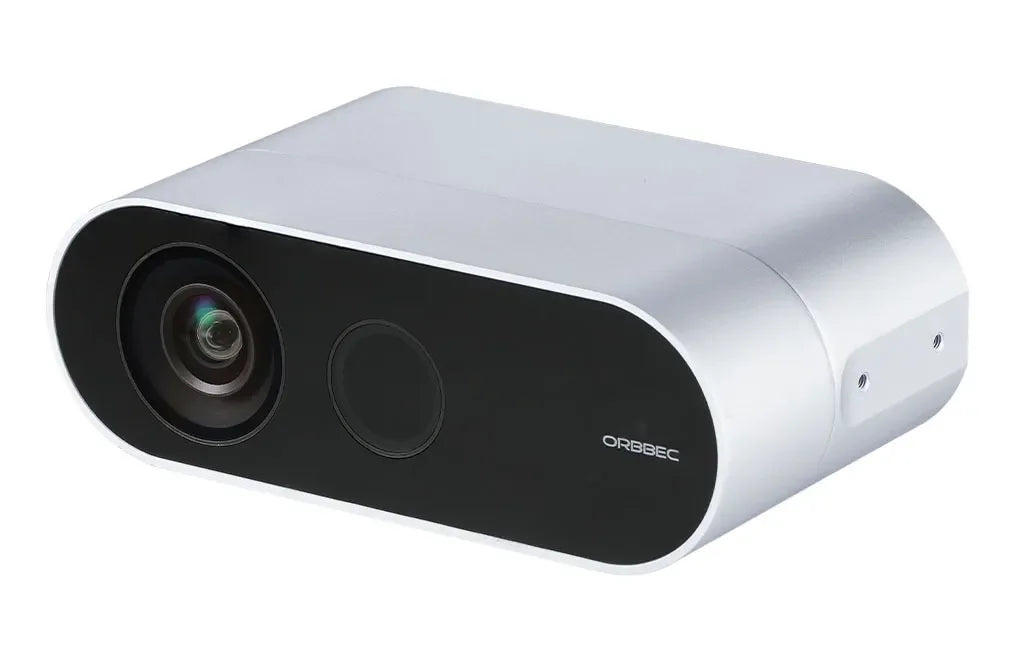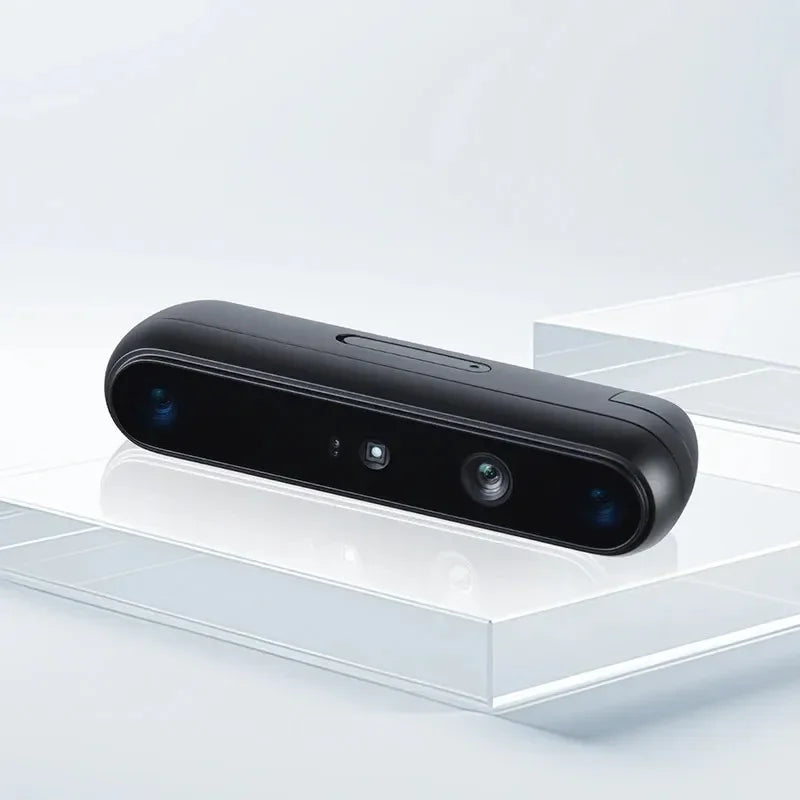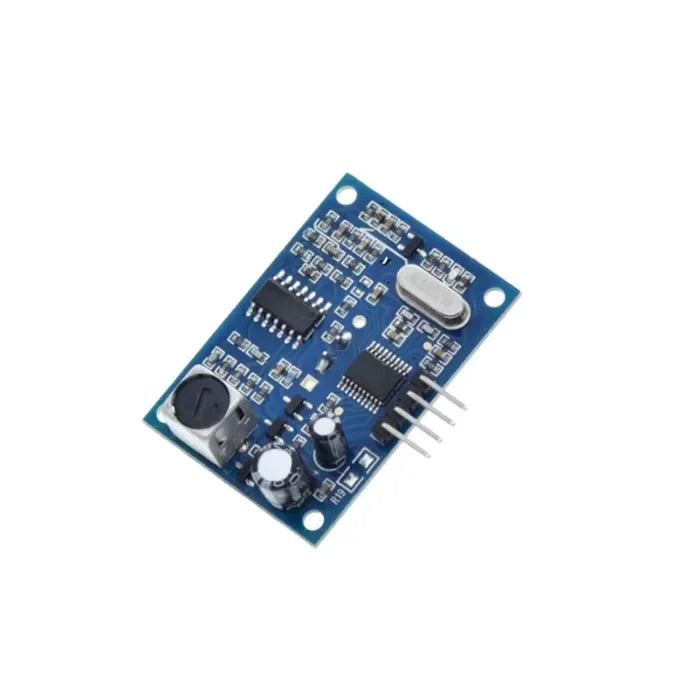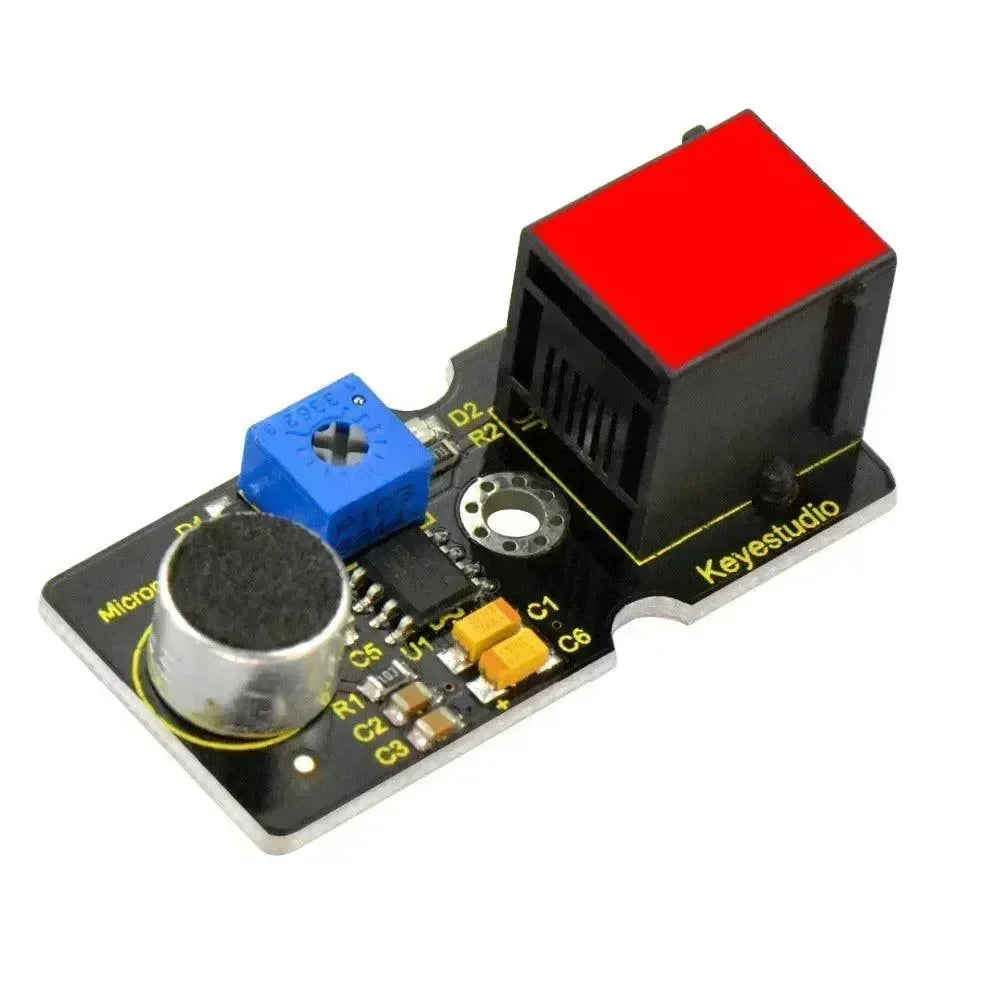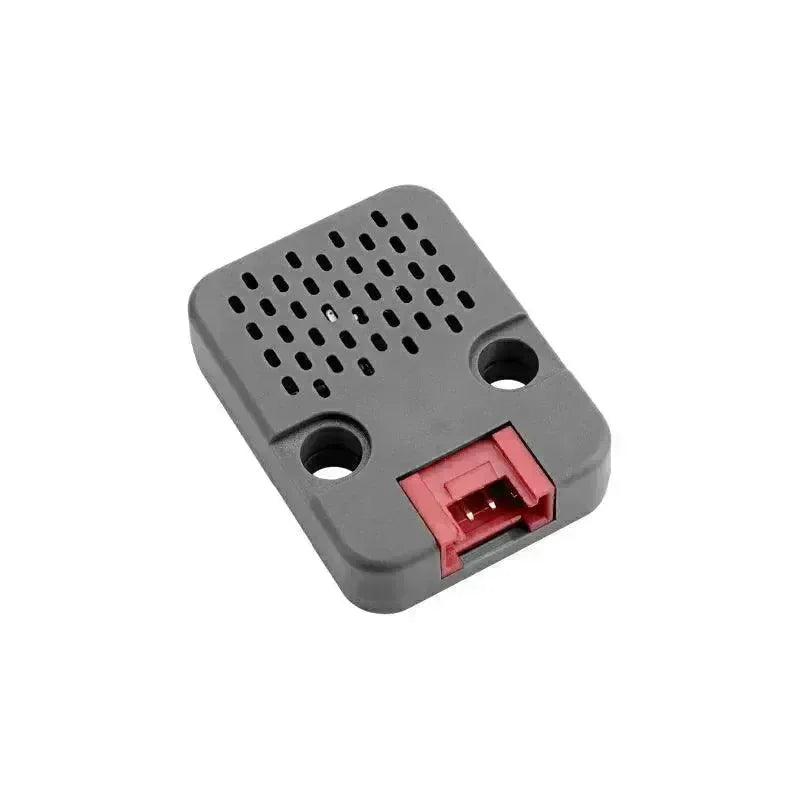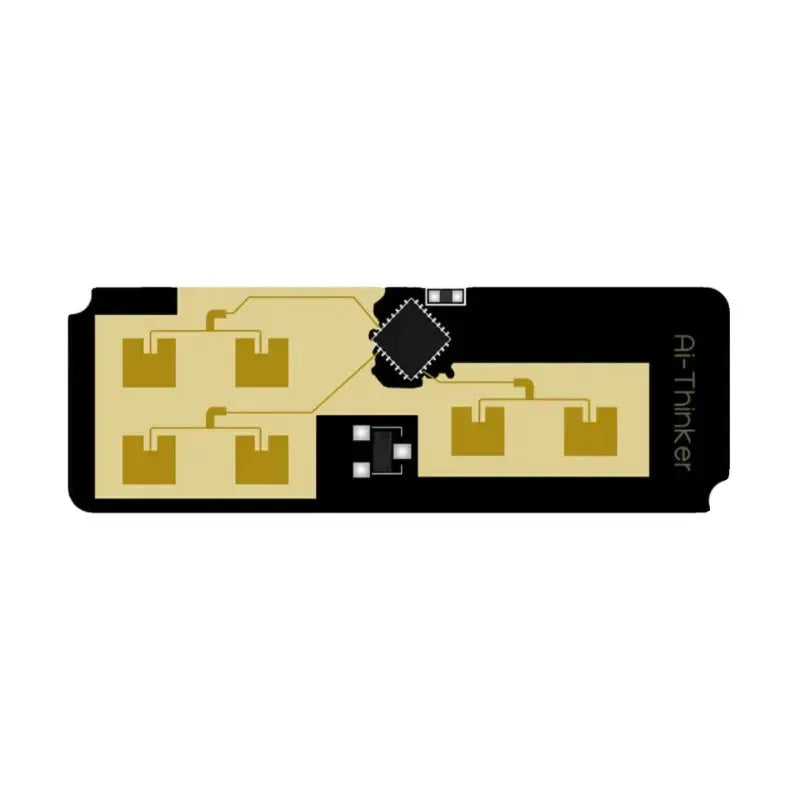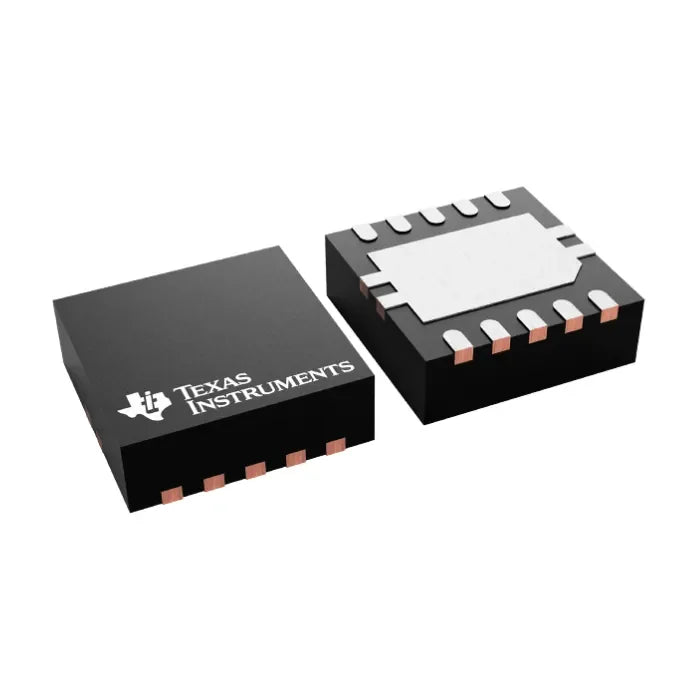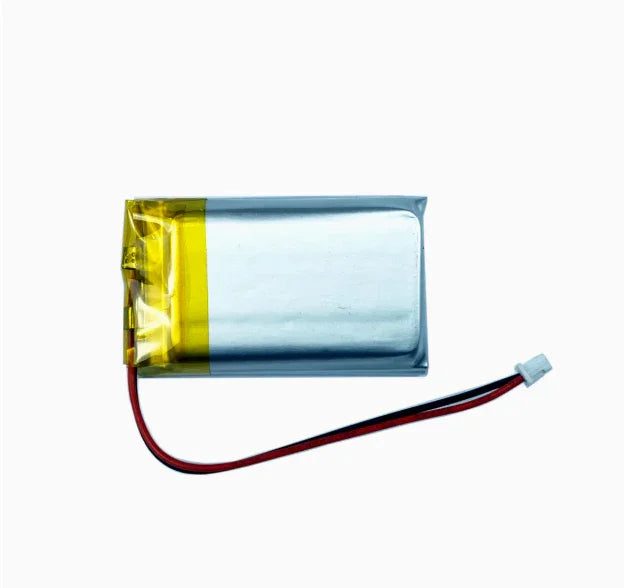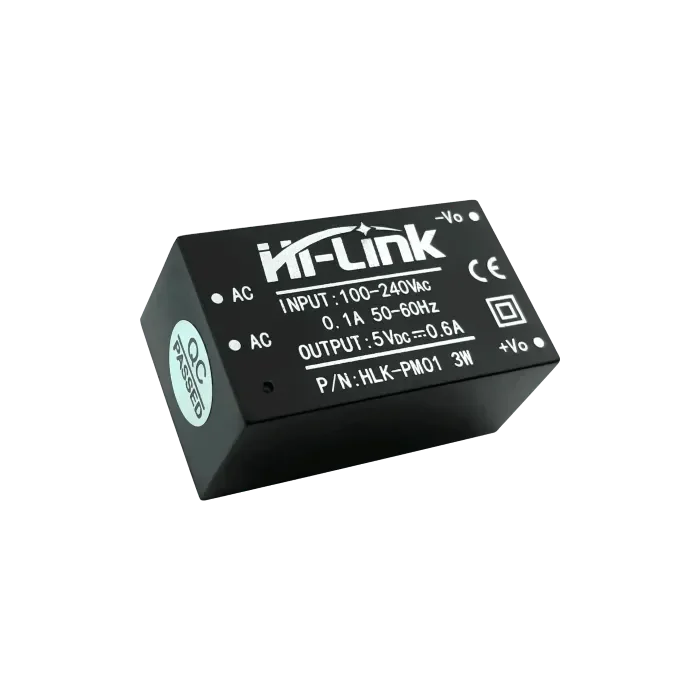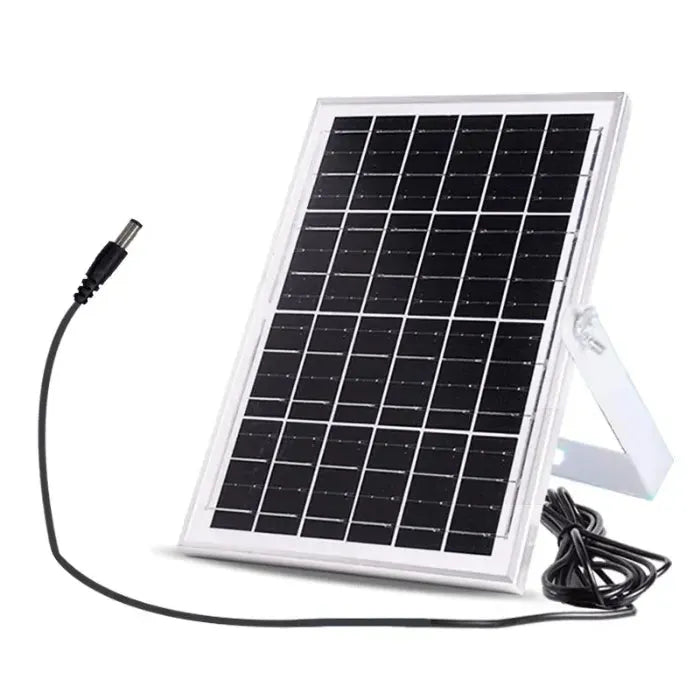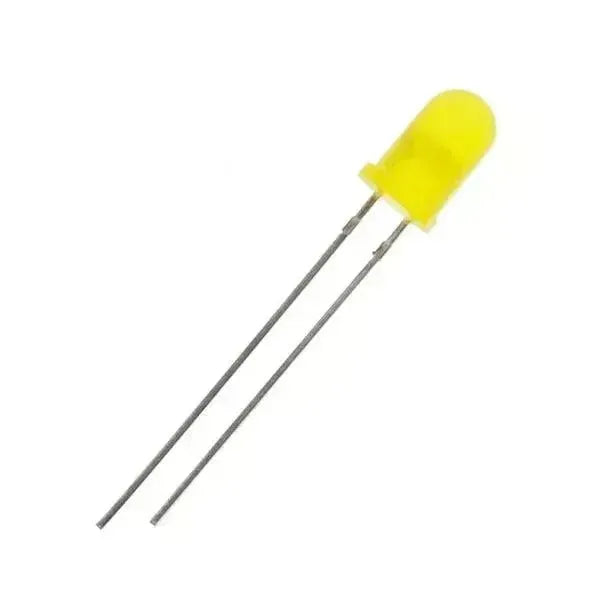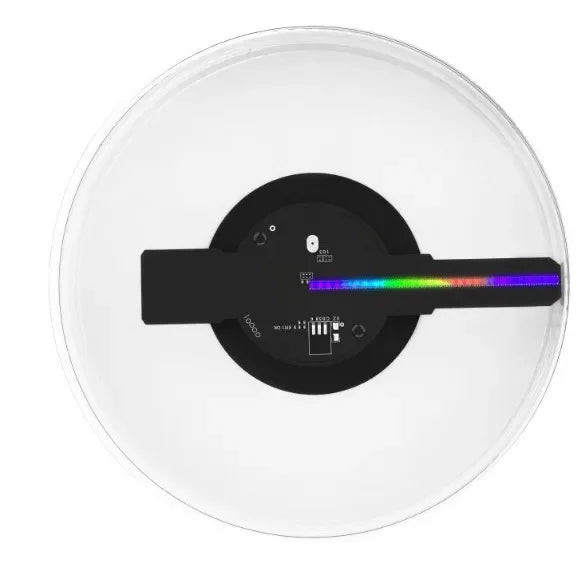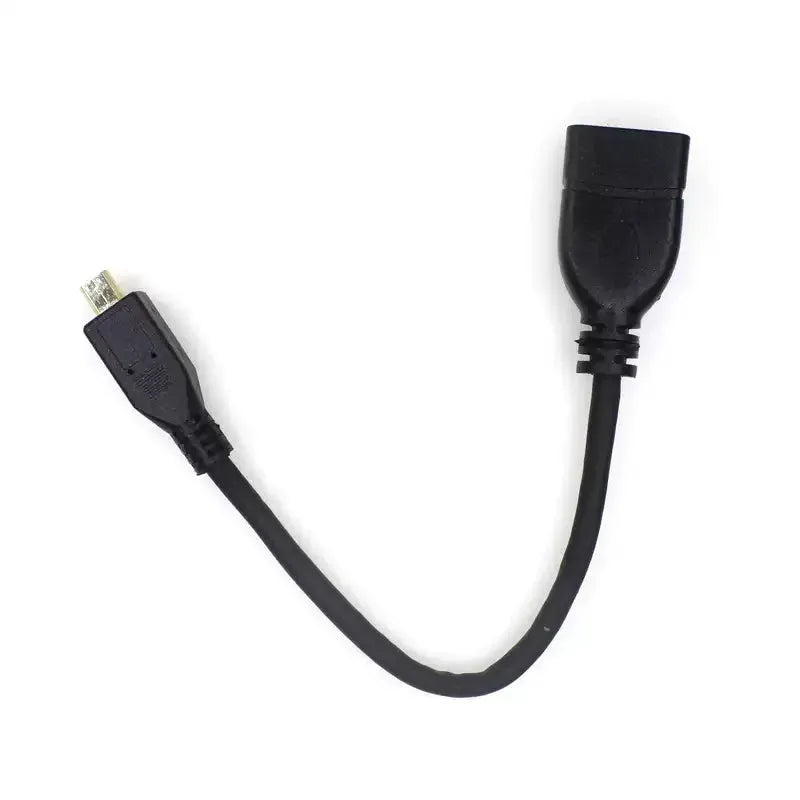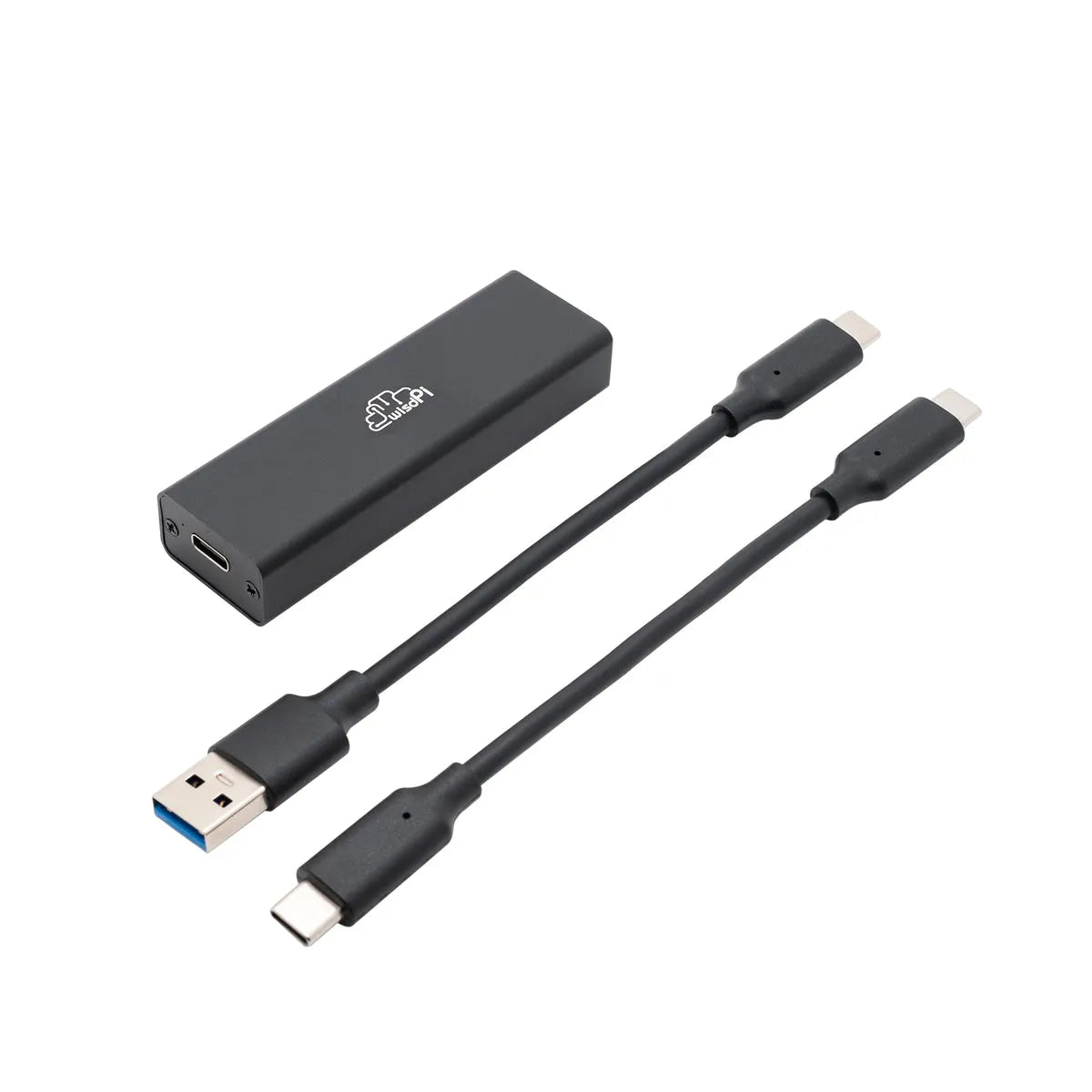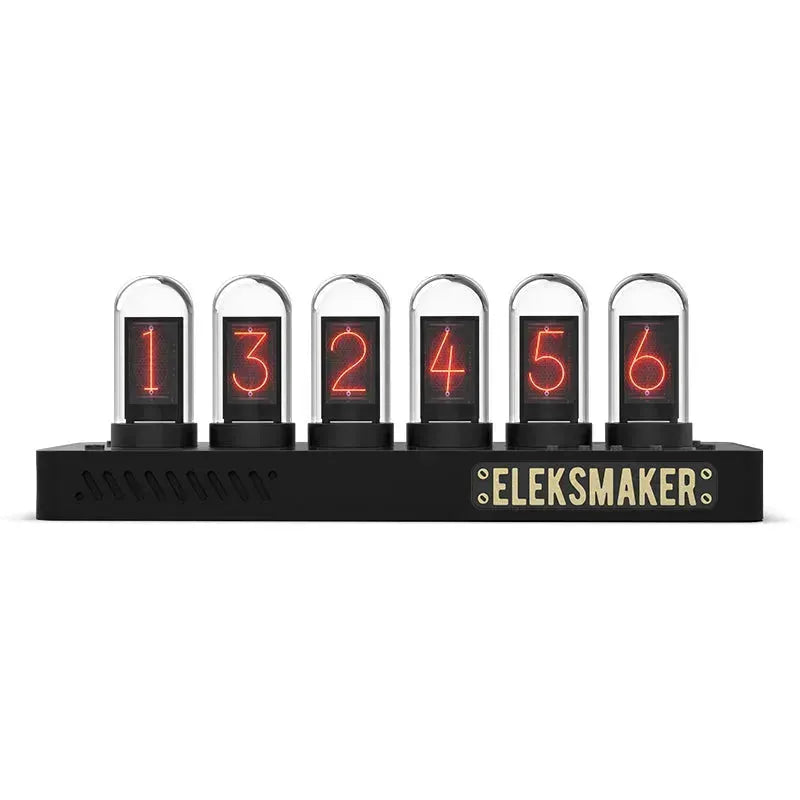Seeed Studio XIAO ESP32S3
What is Seeed Studio XIAO ESP32S3?
The Seeed Studio XIAO ESP32S3 is a compact yet powerful development board tailored for diverse applications, including robotics, IoT, and embedded machine learning. Equipped with a dual-core Xtensa LX7 processor running at up to 240 MHz, it delivers robust performance in an ultra-small thumb-sized form factor of just 21 x 17.5 mm.
Key feature
-
Powerful MCU Board: Powered by the ESP32S3 32-bit dual-core Xtensa processor, clocked at up to 240MHz. Equipped with multiple dev ports and supports Arduino and MicroPython.
-
Exceptional RF Performance: Supports 2.4GHz Wi-Fi and BLE 5.0 for dual wireless communication, with over 100m range when paired with a U.FL antenna.
-
Optimized Power Design: Features lithium battery charging management and four power consumption modes, including a deep sleep mode with ultra-low power usage of just 14μA.
-
Compact, Thumb-Sized Design: Measures 21 x 17.8mm, sticking to the classic XIAO form factor—perfect for space-constrained projects like wearables.
-
Production-Ready: Breadboard-friendly and SMD-compatible with a clean back, free of components.
Hardware Overview
Onboard


PinOut

Studio XIAO ESP32C3
What is Studio XIAO ESP32C3?
The Seeed Studio XIAO ESP32C3 is a compact IoT mini development board featuring the Espressif ESP32-C3 dual-mode chip for WiFi and Bluetooth connectivity. It offers a powerful 32-bit RISC-V CPU, excellent radio frequency performance with support for IEEE 802.11 b/g/n WiFi and Bluetooth 5 (BLE), and includes an external antenna for improved signal strength. With 11 digital I/O pins (including PWM capabilities), 3 analog I/O pins for ADC, and support for UART, I2C, and SPI interfaces, this board is designed for low-power IoT applications and wearable devices. It is also compatible with the Grove Shield for Seeeduino XIAO, although the SWD spring contacts are not compatible with the Seeeduino XIAO Expansion board.
Key feature
-
Powerful CPU: The ESP32-C3 features a 32-bit RISC-V single-core processor that runs at speeds of up to 160 MHz.
-
Complete Wi-Fi subsystem: It complies with the IEEE 802.11b/g/n protocol and supports various modes including Station mode, SoftAP mode, SoftAP + Station mode, and even promiscuous mode.
-
Bluetooth LE subsystem: This module supports all the features of Bluetooth 5, as well as Bluetooth mesh.
-
Ultra-Low Power: When it comes to power consumption, it’s remarkably low—only about 43μA in deep sleep mode.
-
Better RF performance: It comes with an external RF antenna that enhances RF performance.
-
Battery charging chip: There’s a dedicated chip for managing lithium battery charge and discharge.
-
Rich on-chip resources: You get 400KB of SRAM and 4MB of onboard flash memory, providing plenty of space for your projects.
-
Ultra small size: It’s impressively compact, measuring just 21x17.8mm—about the size of a thumb. Perfect for wearable devices and small projects!
-
Reliable security features: This module includes cryptographic hardware accelerators that support AES-128/256, Hash, RSA, HMAC, digital signatures, and secure boot, ensuring your data stays secure.
-
Rich interfaces: In terms of connectivity, you’ve got 1x I2C, 1x SPI, 2x UART, 11x GPIO (with PWM), 4x ADC, and 1x JTAG bonding pad interface.
-
Single-sided components: Designed for easy surface mounting.
Hardware Overview
Onboard


PinOut

Studio XIAO ESP32C6
What is Studio XIAO ESP32C6?
The Seeed Studio XIAO ESP32C6 is powered by the highly integrated ESP32-C6 SoC, which features two 32-bit RISC-V processors: a high-performance (HP) processor running up to 160 MHz and a low-power (LP) processor that can be clocked up to 20 MHz. With 512 KB of SRAM and 4 MB of Flash memory, this chip provides ample programming space, opening up numerous possibilities for IoT control scenarios.
Thanks to its enhanced wireless connectivity, the XIAO ESP32C6 is Matter-native. Its wireless stack supports 2.4 GHz Wi-Fi 6, Bluetooth® 5.3, Zigbee, and Thread (802.15.4). As the first member of the XIAO family to be compatible with Thread, it is an ideal choice for developing Matter-compliant projects, ensuring interoperability for smart home applications.
Key feature
-
Enhanced Connectivity: Integrates 2.4 GHz Wi-Fi 6 (802.11ax), Bluetooth 5 (LE), and IEEE 802.15.4 radio connectivity, enabling the use of Thread and Zigbee protocols.
-
Matter Native: Facilitates the development of Matter-compliant smart home projects, guaranteeing interoperability among various smart devices.
-
Security Encrypted on Chip: Leverages the ESP32-C6 to deliver features such as secure boot, encryption, and a Trusted Execution Environment (TEE), enhancing the security of smart home applications.
-
Outstanding RF Performance: Equipped with an on-board antenna that provides a range of up to 80m for BLE/Wi-Fi and includes an interface for connecting an external UFL antenna, ensuring dependable connectivity.
-
Leveraging Power Consumption: Offers four operational modes, including a deep sleep mode with consumption as low as 15 μA, along with support for lithium battery charge management.
-
Dual RISC-V Processors: Features two 32-bit RISC-V processors, with the high-performance processor capable of operating at up to 160 MHz and the low-power processor running at up to 20 MHz.
-
Classic XIAO Designs: Retains the compact form factor of 21 x 17.8 mm and a single-sided mount design, making it ideal for space-constrained projects such as wearable devices.
Hardware Overview
Onboard

PinOut

Seeed Studio XIAO ESP32S3 Vs ESP32C3 Vs ESP32C6
Specification comparison
| Product | XIAO ESP32C6 | XIAO ESP32C3 | XIAO ESP32S3 |
| Processor | Espressif ESP32-C6 | Espressif ESP32-C3 | Espressif ESP32-S3R8 |
| two 32-bit RISC-V processors, with the high-performance one running up to 160 MHz, and the low-power one clocking up to 20 MHz | RISC-V single-core 32-bit chip processor with a four-stage pipeline that operates at up to 160 MHz | Xtensa LX7 dual-core, 32-bit processor running up to 240 MHz | |
| Wireless | Complete 2.4GHz Wi-Fi 6 subsystem | Complete 2.4GHz Wi-Fi subsystem | Complete 2.4GHz Wi-Fi subsystem |
| BLE: Bluetooth 5.0, Bluetooth mesh | |||
| Zigbee,Thread,IEEE 802.15.4 | / | / | |
| On-chip Memory | 512KB SRAM & 4MB Flash | 400KB SRAM & 4MB Flash | 8M PSRAM & 8MB Flash |
| Interface | 1x UART,1x LP_UART, 1x IIC, 1x LP_IIC, 1x SPI,11x GPIO(PWM), 7x ADC, 1xSDIO | 1x UART, 1x IIC, 1x SPI,11x GPIO(PWM), 4x ADC | 1x UART, 1x IIC, 1x IIS, 1x SPI,11x GPIO(PWM), 9x ADC, 1x User LED, 1x Charge LED |
| 1x Reset button, 1x Boot button | |||
| Dimensions | 21 x 17.8mm | ||
| Power | Input voltage (Type-C): 5V Input voltage (BAT): 4.2V | ||
| Circuit operating Voltage (ready to operate):- USB:5V@9mA- BAT:3.8V@9mA | |||
| Charging battery current: 100mA | |||
| Power Consumption Model(Supply Power: 3.8V) | Modem-sleep Model: ~ 30 mALight-sleep Model: ~ 2.5 mADeep Sleep Model: ~ 15 μA | Modem-sleep Model: ~ 24 mALight-sleep Model: ~ 3 mADeep Sleep Model: ~ 44 μA | Modem-sleep Model: ~ 25 mALight-sleep Model: ~ 2 mADeep Sleep Model: ~ 14 μA |
| Working Temperature | -40°C ~ 85°C | -40°C ~ 85°C | -40°C ~ 65°C |
Key Takeaways
-
The ESP32-S3 is the most powerful of the three, with dual-core processing and support for AI applications, making it suitable for complex projects.
-
The ESP32-C3 is a cost-effective option with lower power consumption and a single-core architecture, ideal for basic IoT applications.
-
The ESP32-C6 offers improvements in network capabilities with support for Wi-Fi 6 (802.11ac), making it suitable for modern IoT applications needing higher bandwidth and lower latency.

Which is better for your project?
Project Requirements
Performance Needs
-
Processor and Memory: If your project involves machine learning or AI algorithms, consider the ESP32-S3 due to its built-in NPU (Neural Processing Unit) and larger RAM (512 KB). If storage requirements are less demanding, the ESP32-C3 or ESP32-C6 will do the job.
-
GPIO Interfaces: Check the number and type of I/O pins you’ll require. The ESP32-S3 provides up to 45 GPIO pins, while both the ESP32-C3 and ESP32-C6 offer 22 GPIO pins each.
Wireless Connectivity
-
Wi-Fi and Bluetooth: Choose the appropriate wireless technology based on your device connection needs. If your project demands higher data transfer rates and lower latency, the ESP32-C6, with its Wi-Fi 6 capabilities, would be advantageous.
Power Consumption
-
Energy Efficiency: If your project relies on battery power, consider the power efficiency. The ESP32-C3 and ESP32-C6 have been optimised for low-power IoT applications.
Size and Design
-
Space Constraints: Check the dimensions and packaging type of the products. The ESP32-C3, for instance, is compact (such as in the XIAO series) and suitable for applications with limited space, like wearables.
Budget Constraints
-
Cost Effectiveness: Evaluate the costs of each product based on your project budget. Generally, the ESP32-C3 represents a more cost-effective choice.
Development Support
-
Ecosystem: Consider the level of support for the development environment and DIY projects. Espressif provides a robust SDK and development tools for all its product lines, making it easier to get started.
Evaluation and Prototyping
-
Prototyping: If possible, use evaluation or development boards to prototype your project. Hands-on experience can help you better understand the product's performance and adaptability.

FAQ
Which is the most powerful ESP32?
The ESP32-S3 is the most powerful ESP32 variant, featuring dual-core processors, a higher clock speed of 240 MHz, 512 KB of SRAM, built-in AI capabilities with a Neural Processing Unit, Wi-Fi 6, and advanced security features, making it ideal for demanding IoT applications.
Is ESP32 more powerful than ESP8266?
The ESP32 is more powerful than the ESP8266, featuring dual-core processors with clock speeds up to 240 MHz, while the ESP8266 has a single-core processor with a maximum speed of 80 MHz. The ESP32 offers 520 KB of SRAM and supports Bluetooth alongside Wi-Fi, whereas the ESP8266 typically has 160 KB of SRAM and only supports Wi-Fi. Additionally, the ESP32 has more GPIO pins and better peripheral support, along with advanced power management capabilities, making it a superior choice for applications requiring greater computational power and connectivity.
How do the costs compare among these models?
The Seeed Studio XIAO ESP32-S3 is priced around €7 to €14, making it the most expensive due to its advanced features like dual-core processing and AI capabilities. In contrast, the ESP32-C3 is the most budget-friendly option, ranging from €5 to €9, while the ESP32-C6 falls in between at about €6 to €11, offering competitive pricing with Wi-Fi 6 support but less processing power than the ESP32-S3. Prices may vary by retailer, so it’s advisable to check multiple sources for the best deal.
For detailed pricing, please click the product link.
How to increase ESP32 speed?
-
Increase CPU Frequency: Configure the ESP32 to operate at 240 MHz instead of the default 160 MHz.
-
Optimize Code: Use efficient coding practices, minimize blocking code, and choose effective data structures and algorithms.
-
Utilize FreeRTOS: Implement multitasking with FreeRTOS to take advantage of the dual-core capabilities.
-
Select Optimized Libraries: Use efficient libraries to enhance performance.
-
Leverage Hardware Acceleration: Utilize DMA for faster data transfers and hardware timers for precise timing.
-
Reduce Peripheral Impact: Optimize or disable unnecessary peripherals to prevent slowing down processing.
-
Adjust Wi-Fi/Bluetooth Settings: Optimize settings for faster connections and lower power modes.
-
Use Compiler Optimization Flags: Enable optimization during compilation for better execution speed.

